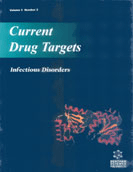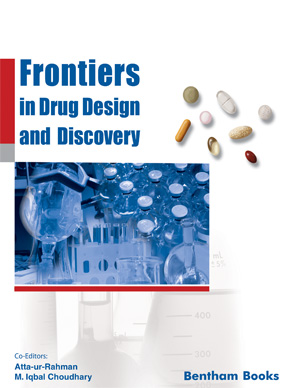Abstract
Many brain disorders such as Parkinsons disease, Alzheimers disease, amyotrophic lateral sclerosis (ALS), Huntington, stroke, head trauma, and infection, are associated with inflammation that is involved in neuropathologenesis and hyperalgesis. Microglia and astrocytes act as immune cells in the inflamed brain. Both cell types, but especially microglia, are thought to contribute to the onset of inflammation in many brain diseases by producing deleterious proinflammatory mediators. Prostaglandins (PGs), which are critical mediators of physiologic processes and inflammation, are largely produced by activated microglia and reactive astrocytes during brain inflammation. These compounds are converted from arachnoidic acid (AA) by two isoforms of the cyclooxygenase (COX) enzyme, namely COX-1 and COX-2. In particular, the action of COX-2 and PGs in CNS inflammation has gained much attention recently. PGs have been found to act neuroprotectively by elevating intracellular cAMP levels in neurons. These molecules also function as anti-inflammatory molecules to reduce the production of nitric oxide and proinflammatory cytokines, and to increase the expression of anti-inflammatory cytokines. However, accumulating evidence also shows that COX inhibitors alleviate various types of brain damage via suppressing inflammatory reactions. Accordingly, the roles of two COX enzymes in mediating inflammation and anti-inflammation have recently been debated. We provide here a review of recent findings indicating that the reciprocal interaction of glial cell activation, COX enzymes and PGs mediates neurodegeneration and neuroprotection during brain inflammation. In addition, the mechanism by which PGs mediate signaling is discussed.
Keywords: prostaglandins, cox, glia, inflammation, pge, astrocytes, microglia, pla
 14
14



















